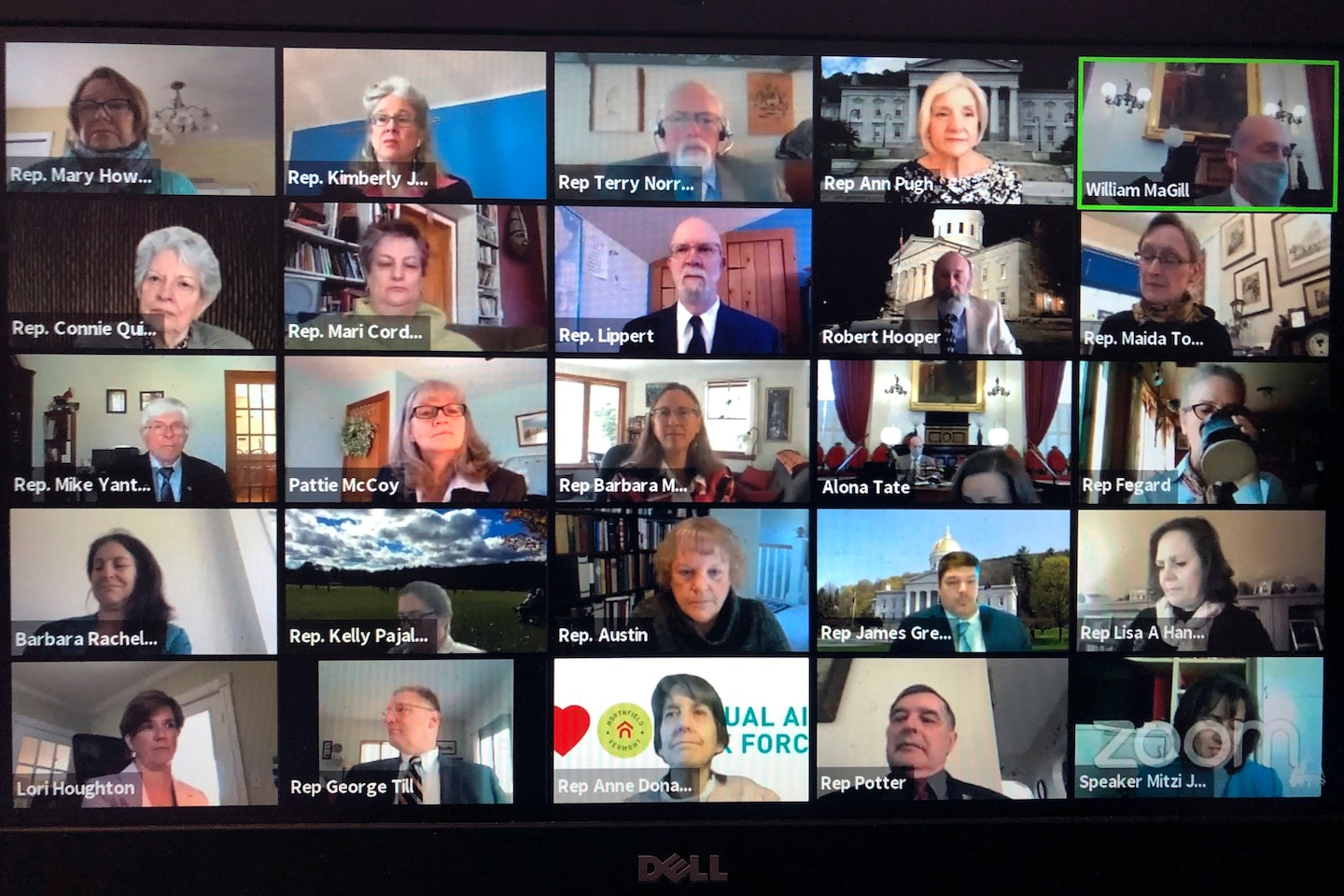Zoom went down for hours, disrupting schools and businesses

Zoom first said it was experiencing partial outages on its status page, which it began investigating before 9 a.m. Eastern time. It’s unclear how many users were affected; clients in North America and parts of Europe have reported problems, according to the website Downdetector. The platform was back in working order by midday.
Zoom and other videoconferencing tools have become crucial during the public health crisis, a form of connection for business, school and social groups when face-to-face interactions are discouraged or prohibited because of the coronavirus. Its stock has more than tripled since the beginning of the year.
Zoom does not disclose the total number of daily active users on its service, a key metric that technology companies and analysts use to measure the size and growth of a platform. But the company reported in April that it has 300 million daily meeting participants, although people in multiple meetings could be counted more than once by that metric. By comparison, Google Meet claims more than 100 million daily meeting participants. And Microsoft reported in the spring that its communications platform Teams has 75 million daily active users.
The surge in video conferencing underscores the massive shift to working from home that has been greatly accelerated by the pandemic. In 2010, less than 10 percent of American workers worked at least part time from home, the Census Bureau found. Now, according Stanford economics professor Nicholas Bloom, a remarkable 42 percent of the U.S. labor force works from home full time.
“It really shows just how important this kind of technology is and how this technology has, generally speaking, enabled us to pretty seamlessly transition to working from home,” said Julie Samuels, executive director of Tech: NYC, a group that represents New York-based technology firms. “If the pandemic had struck even 10 years go, it’s inconceivable how we would have functioned, and I think this morning kind of indicated that.”
She cautioned, however, that no matter how great the technology is, there are inherent limitations, especially when it comes to simulating in-person collaboration, like in classrooms for young children. Essential service workers employed by grocery stores and hospitals also don’t have the option of working from home.
Zoom’s technical issues interrupted the first day of virtual classes for many schools, colleges and universities. Since the pandemic shuttered campuses in March, the platform has been adapted by educators who teach everyone from squirmy preschoolers to doctoral students.
Atlanta Public Schools, which has more than 50,000 students, was set to start the school year virtually Monday, but struggled with Zoom problems. So did Durham Public Schools in North Carolina and Pennsylvania State University, which has nearly 100,000 students. All told, more than 100,000 K-12 schools use Zoom at no cost for online learning.
“We have resolved an issue that caused some users to be unable to start and join Zoom Meetings and Webinars or manage aspects of their account on the Zoom website,” Zoom said. On social media the company has been responding to people’s complaints with similar messages.
Zoom’s phone and chat services were not impacted by the outages, the company noted. The disruption was tied to an authentication problem with the company’s website.
As with previous outages of office productivity software, like the workplace chat service Slack, the disruption was met with frustration but also exuberance. Without Zoom, there can be no meetings, at least some people hoped. And as working, learning and socializing from home has dragged on for many Americans, so has the burden of appearing “camera-ready,” of having strangers gaze into people’s most intimate spaces, and of carrying on simulated social interactions without physical and tactile feedback, which can be exhausting in its own way.
Staff writer Moriah Balingit contributed to this report.






